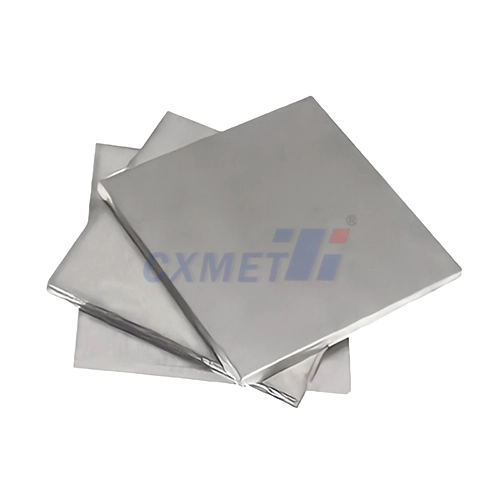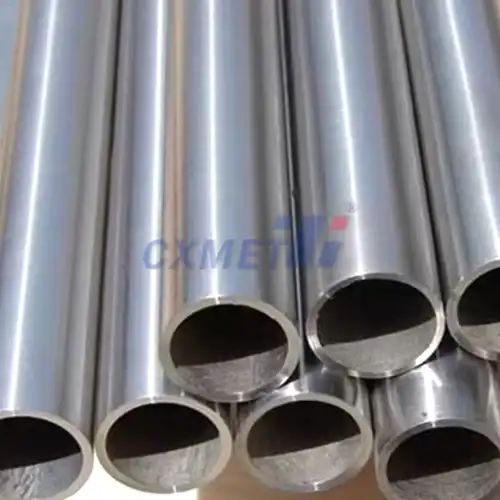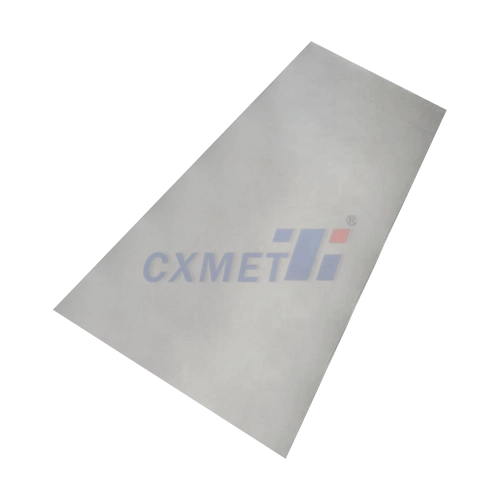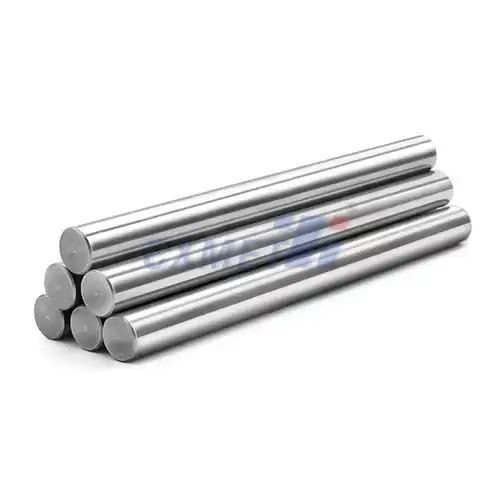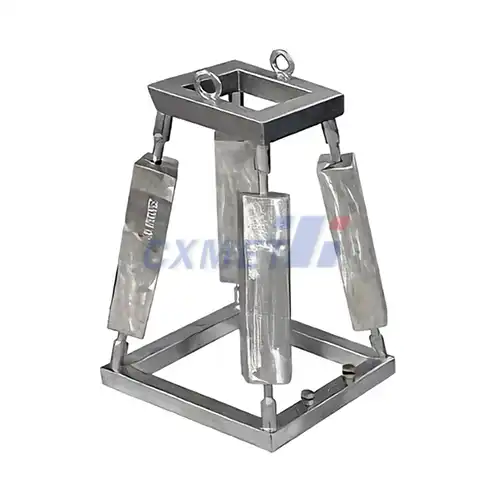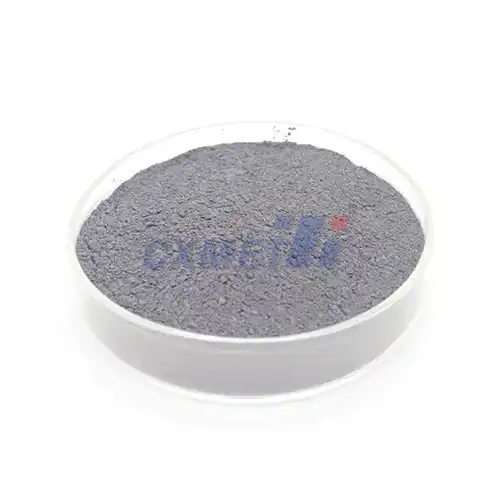- English
- French
- German
- Portuguese
- Spanish
- Russian
- Japanese
- Korean
- Arabic
- Greek
- German
- Turkish
- Italian
- Danish
- Romanian
- Indonesian
- Czech
- Afrikaans
- Swedish
- Polish
- Basque
- Catalan
- Esperanto
- Hindi
- Lao
- Albanian
- Amharic
- Armenian
- Azerbaijani
- Belarusian
- Bengali
- Bosnian
- Bulgarian
- Cebuano
- Chichewa
- Corsican
- Croatian
- Dutch
- Estonian
- Filipino
- Finnish
- Frisian
- Galician
- Georgian
- Gujarati
- Haitian
- Hausa
- Hawaiian
- Hebrew
- Hmong
- Hungarian
- Icelandic
- Igbo
- Javanese
- Kannada
- Kazakh
- Khmer
- Kurdish
- Kyrgyz
- Latin
- Latvian
- Lithuanian
- Luxembou..
- Macedonian
- Malagasy
- Malay
- Malayalam
- Maltese
- Maori
- Marathi
- Mongolian
- Burmese
- Nepali
- Norwegian
- Pashto
- Persian
- Punjabi
- Serbian
- Sesotho
- Sinhala
- Slovak
- Slovenian
- Somali
- Samoan
- Scots Gaelic
- Shona
- Sindhi
- Sundanese
- Swahili
- Tajik
- Tamil
- Telugu
- Thai
- Ukrainian
- Urdu
- Uzbek
- Vietnamese
- Welsh
- Xhosa
- Yiddish
- Yoruba
- Zulu
How is Stainless Steel Powder Produced for 3D Printing Applications?
2024-11-25 13:51:12
Stainless steel powder has become an essential material in the world of 3D printing, particularly for industrial and manufacturing applications. This fine metallic powder allows for the creation of complex, durable, and corrosion-resistant parts through various additive manufacturing techniques. In this blog post, we'll explore the production process of stainless steel powder for 3D printing and address some common questions related to this innovative material.
What are the main methods used to produce stainless steel powder for 3D printing?
The production of stainless steel powder for 3D printing applications involves several sophisticated methods, each with its own advantages and specific use cases. The primary techniques employed in the industry include gas atomization, water atomization, and plasma atomization.
Gas atomization is one of the most widely used methods for producing high-quality stainless steel powder suitable for 3D printing. In this process, molten stainless steel is poured through a small nozzle and then rapidly cooled and solidified using high-pressure inert gas jets, typically argon or nitrogen. The resulting particles are spherical in shape, which is ideal for flowability and packing density in 3D printing applications. The size and distribution of the particles can be controlled by adjusting parameters such as gas pressure, melt temperature, and nozzle design.
Water atomization is another common method, particularly for producing powders with irregular particle shapes. In this process, high-pressure water jets are used to break up the molten metal stream into fine droplets. While water atomization is generally less expensive than gas atomization, the resulting powder particles are less spherical and may require additional processing steps to improve their characteristics for 3D printing applications.
Plasma atomization is a more advanced technique that uses plasma torches to melt and atomize metal wire feedstock. This method produces highly spherical particles with excellent flowability and purity, making it particularly suitable for high-end 3D printing applications in aerospace and medical industries. However, plasma atomization is generally more expensive than other methods due to its complexity and energy requirements.
What are the key properties of stainless steel powder for optimal 3D printing results?
The success of 3D printing with stainless steel powder largely depends on the powder's properties. Several key characteristics must be carefully controlled to ensure optimal printing results, including particle size distribution, particle shape, flowability, and chemical composition.
Particle size distribution is a crucial factor in determining the quality of 3D printed parts. For most metal powder bed fusion processes, the ideal particle size range is typically between 15 and 45 microns. This size range allows for good powder bed density and smooth layer formation during the printing process. A narrow particle size distribution is generally preferred, as it promotes uniform melting and solidification, resulting in better part density and surface finish. However, some 3D printing technologies may require different particle size ranges, so it's essential to match the powder characteristics to the specific printing process being used.
Particle shape is another critical property that affects the powder's performance in 3D printing applications. Spherical particles are highly desirable for several reasons. First, they exhibit excellent flowability, which is essential for creating smooth and uniform powder layers during the printing process. Good flowability ensures consistent powder spreading and reduces the risk of defects in the final part. Second, spherical particles tend to pack more efficiently, resulting in higher powder bed density and, consequently, better part density after printing. The sphericity of particles is often quantified using parameters such as aspect ratio and circularity, with values closer to 1 indicating more spherical shapes.
Flowability is a key property that affects the powder's behavior during the printing process. Good flowability ensures that the powder spreads evenly across the build platform, creating uniform layers for each print cycle. Several factors influence flowability, including particle size distribution, particle shape, surface roughness, and the presence of any additives or contaminants. Powder flowability is typically measured using techniques such as the Hall flowmeter test or the angle of repose measurement. Powders with low cohesion and high flowability are generally preferred for 3D printing applications.
The chemical composition of the stainless steel powder is crucial in determining the final properties of the printed parts. Different grades of stainless steel offer various combinations of strength, corrosion resistance, and other mechanical properties. Common grades used in 3D printing include 316L, 17-4PH, and 15-5PH, each with its own specific alloying elements and proportions. It's essential to ensure that the powder composition matches the desired grade specifications and that any impurities or contaminants are kept to a minimum. The chemical composition can be verified using techniques such as X-ray fluorescence (XRF) spectroscopy or inductively coupled plasma (ICP) analysis.
In addition to these primary properties, other characteristics such as powder density, tap density, and specific surface area also play important roles in the 3D printing process. Powder density affects the packing behavior and final part density, while tap density provides insight into the powder's compressibility. Specific surface area can influence the powder's interaction with the laser or electron beam during the printing process.
To achieve optimal 3D printing results, it's crucial to carefully control and monitor these key properties throughout the powder production process and during storage and handling. Many powder manufacturers and 3D printing service providers employ sophisticated quality control measures, including advanced particle characterization techniques and rigorous testing protocols, to ensure that the stainless steel powder meets the required specifications for reliable and high-quality 3D printing.
How does the quality of stainless steel powder affect the final 3D printed product?
The quality of stainless steel powder used in 3D printing has a profound impact on the characteristics and performance of the final printed product. Understanding this relationship is crucial for achieving desired outcomes in terms of mechanical properties, surface finish, and overall part quality. Let's explore how various aspects of powder quality influence the end result of the 3D printing process.
First and foremost, the particle size distribution of the stainless steel powder plays a significant role in determining the density and porosity of the final printed part. A powder with a well-controlled particle size distribution, typically ranging from 15 to 45 microns for most powder bed fusion processes, allows for optimal packing in the powder bed. This results in higher density prints with fewer voids or pores. Conversely, a powder with a wide particle size distribution or the presence of excessively large particles can lead to inconsistent melting, increased porosity, and potential defects in the printed part. These defects can compromise the mechanical strength, corrosion resistance, and overall performance of the final product.
The shape of the powder particles is another critical factor affecting the quality of 3D printed stainless steel parts. Highly spherical particles, which are typically produced through gas or plasma atomization, offer several advantages. They promote better flowability, ensuring uniform powder spreading during the printing process. This uniform spreading leads to more consistent layer formation and, ultimately, improved part accuracy and surface finish. Spherical particles also tend to pack more efficiently, resulting in higher powder bed density and, consequently, denser final parts with better mechanical properties. In contrast, irregularly shaped particles can cause inconsistencies in powder spreading and packing, potentially leading to defects or variations in part density across different regions of the printed object.
The chemical composition and purity of the stainless steel powder directly influence the material properties of the printed part. High-quality powders with precise control over alloying elements and minimal impurities result in parts that closely match the desired material specifications. This is particularly important for applications requiring specific mechanical properties, corrosion resistance, or biocompatibility. For instance, in medical implant manufacturing, the purity of the stainless steel powder is crucial to ensure biocompatibility and prevent adverse reactions in the human body. Similarly, in aerospace applications, strict control over the powder composition is necessary to meet rigorous industry standards for material performance and reliability.
The flowability of the powder, which is influenced by factors such as particle shape, size distribution, and surface characteristics, affects the consistency of the printing process. Powders with excellent flowability spread more evenly across the build platform, resulting in uniform layer thickness and better part consistency. Poor flowability can lead to issues such as uneven powder distribution, layer defects, and variations in part density or dimensional accuracy. These inconsistencies can manifest as warping, internal stresses, or geometric deviations in the final printed product.
The presence of contaminants or moisture in the stainless steel powder can have detrimental effects on the quality of 3D printed parts. Contaminants can introduce unwanted elements into the material matrix, potentially altering its properties or creating weak points in the structure. Moisture, on the other hand, can cause problems during the melting process, leading to porosity, oxidation, or other defects. High-quality powders with strict control over contaminants and moisture content help ensure consistent printing results and reliable part performance.
The recyclability and reusability of the stainless steel powder also impact the overall quality and cost-effectiveness of the 3D printing process. High-quality powders maintain their properties even after multiple use cycles, allowing for efficient recycling of unused powder from previous print jobs. This not only reduces material waste but also helps maintain consistent part quality across multiple print runs. In contrast, lower quality powders may degrade more quickly with repeated use, potentially leading to variations in part properties or increased defect rates over time.
The surface finish of 3D printed stainless steel parts is heavily influenced by the powder quality. Finer powders with narrow size distributions generally result in smoother surface finishes, reducing the need for extensive post-processing. This is particularly important for applications where the as-printed surface quality is critical, such as in the production of medical devices or precision engineering components.
In conclusion, the quality of stainless steel powder used in 3D printing is a crucial factor that directly impacts the properties, performance, and reliability of the final printed product. High-quality powders with well-controlled particle size distributions, spherical shapes, precise chemical compositions, and excellent flowability contribute to achieving dense, accurate, and mechanically sound parts. As the field of metal 3D printing continues to advance, ongoing efforts in powder metallurgy and materials science are focused on further improving powder quality to expand the capabilities and applications of additive manufacturing with stainless steel.
At SHAANXI CXMET TECHNOLOGY CO., LTD, we take pride in our extensive product range, which caters to diverse customer needs. Our company is equipped with outstanding production and processing capabilities, ensuring the high quality and precision of our products. We are committed to innovation and continuously strive to develop new products, keeping us at the forefront of our industry. With leading technological development capabilities, we are able to adapt and evolve in a rapidly changing market. Furthermore, we offer customized solutions to meet the specific requirements of our clients. If you are interested in our products or wish to learn more about the intricate details of our offerings, please do not hesitate to contact us at sales@cxmet.com. Our team is always ready to assist you.
References:
1. Prashanth, K. G., Scudino, S., Maity, T., Das, J., & Eckert, J. (2017). Is the energy density a reliable parameter for materials synthesis by selective laser melting? Materials Research Letters, 5(6), 386-390.
2. Sutton, A. T., Kriewall, C. S., Leu, M. C., & Newkirk, J. W. (2017). Powder characterisation techniques and effects of powder characteristics on part properties in powder-bed fusion processes. Virtual and Physical Prototyping, 12(1), 3-29.
3. Spierings, A. B., Voegtlin, M., Bauer, T., & Wegener, K. (2016). Powder flowability characterisation methodology for powder-bed-based metal additive manufacturing. Progress in Additive Manufacturing, 1(1-2), 9-20.
4. Monzón, M. D., Ortega, Z., Martínez, A., & Ortega, F. (2015). Standardization in additive manufacturing: activities carried out by international organizations and projects. The International Journal of Advanced Manufacturing Technology, 76(5-8), 1111-1121.
5. Olakanmi, E. O., Cochrane, R. F., & Dalgarno, K. W. (2015). A review on selective laser sintering/melting (SLS/SLM) of aluminium alloy powders: Processing, microstructure, and properties. Progress in Materials Science, 74, 401-477.
6. Gu, D. D., Meiners, W., Wissenbach, K., & Poprawe, R. (2012). Laser additive manufacturing of metallic components: materials, processes and mechanisms. International Materials Reviews, 57(3), 133-164.
7. Zeng, K., Pal, D., & Stucker, B. (2012). A review of thermal analysis methods in laser sintering and selective laser melting. Proceedings of the Solid Freeform Fabrication Symposium, Austin, TX, 796-814.
8. Yap, C. Y., Chua, C. K., Dong, Z. L., Liu, Z. H., Zhang, D. Q., Loh, L. E., & Sing, S. L. (2015). Review of selective laser melting: Materials and applications. Applied Physics Reviews, 2(4), 041101.
9. Herzog, D., Seyda, V., Wycisk, E., & Emmelmann, C. (2016). Additive manufacturing of metals. Acta Materialia, 117, 371-392.
10. Frazier, W. E. (2014). Metal additive manufacturing: a review. Journal of Materials Engineering and Performance, 23(6), 1917-1928.
